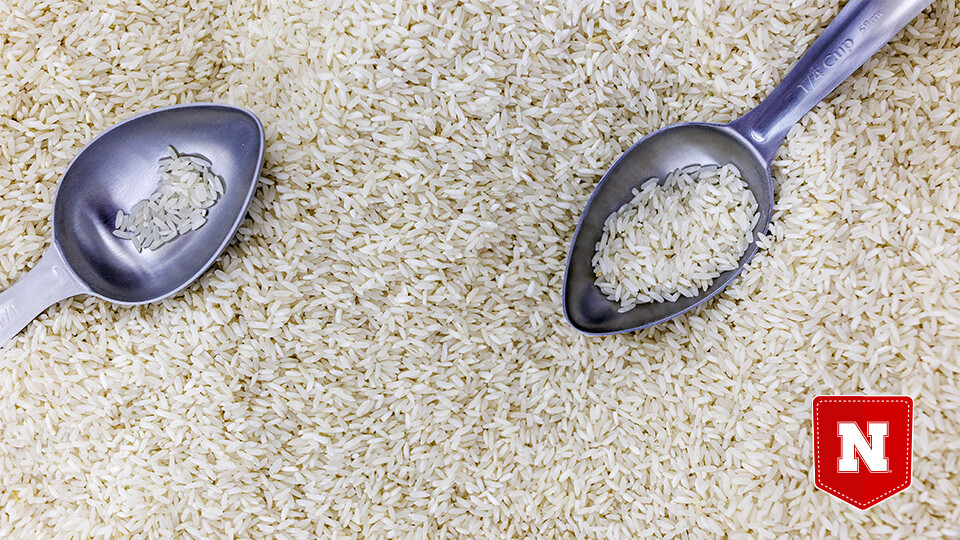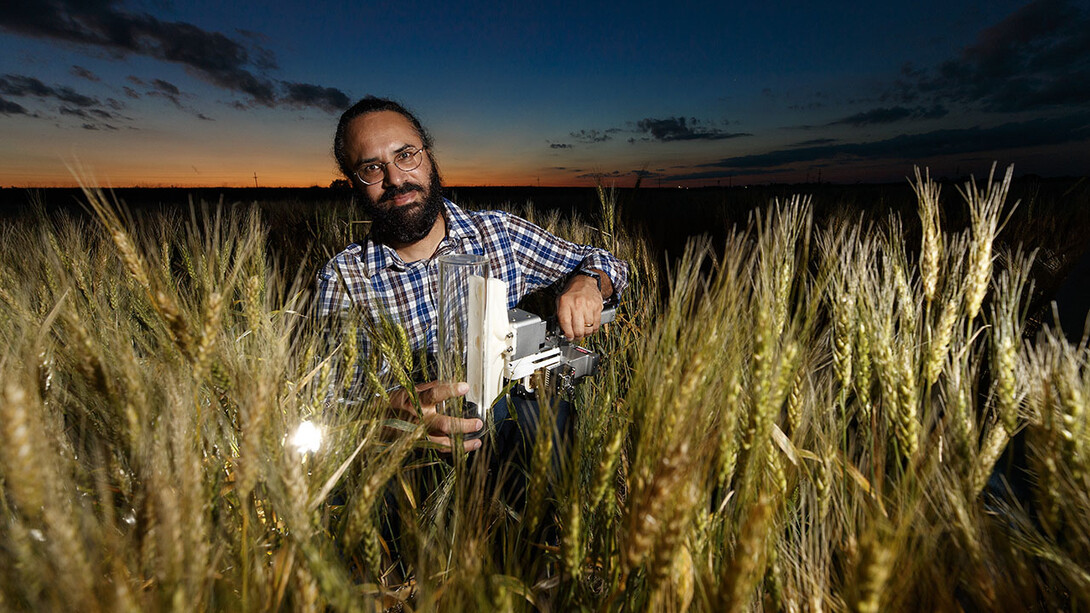
Welcome to Pocket Science: a glimpse at recent research from Husker scientists and engineers. For those who want to quickly learn the “What,” “So what” and “Now what” of Husker research.

What?
Oppressive temperatures can curb the growth and yields of multiple cereal crops, including rice, which is eaten by some 3.5 billion people worldwide. Though much of the research into heat stress has investigated its effects on quantity, it can degrade grain quality, too. Heat stress is especially known for introducing chalkiness to the interior of a rice seed, which, by complicating the milling process and making the grain less palatable to consumers, also lowers its market price.
Still, researchers know less about the genetic contributors to that stress-driven chalkiness — and how to counteract it — than they do yield and other outcomes.
So what?
Nebraska’s Harkamal Walia and colleagues recently aimed to both identify genes linked with chalkiness and determine a faster, more efficient way to compare that chalkiness among different varieties of rice. The researchers began by exposing 229 genetically diverse rice plants to heat stress for five days, then collected and scanned grains from each of those plants. With the aid of SeedExtractor, a Husker-developed imagery analysis program, the team found that the ratio of red vs. green wavelengths reflected from the seeds could help estimate the amount of chalkiness within.
After incorporating that red-green ratio into a genetic analysis of the rice plants, the team pinpointed one particular gene, OsCG5, that seemed especially active in the face of heat stress. The number of proteins originating from OsCG5 — a measure of gene expression — rose sharply not long after the researchers turned up the heat. That rise in gene expression also correlated with less chalkiness in the stressed rice seeds. Rice plants lacking OsCG5, meanwhile, responded to heat stress with more chalkiness than did plants containing the gene. Seeds from the OsCG5-absent plants grew 11-17% shorter, too.
Now what?
Learning more about OsCG5 could inform the development of rice varieties that yield less-chalky seeds amid the heat waves of a still-warming planet, the researchers said. Incorporating the team’s red-green pixel analysis might also speed the identification of other chalk-relevant genes in rice and related cereal crops.








